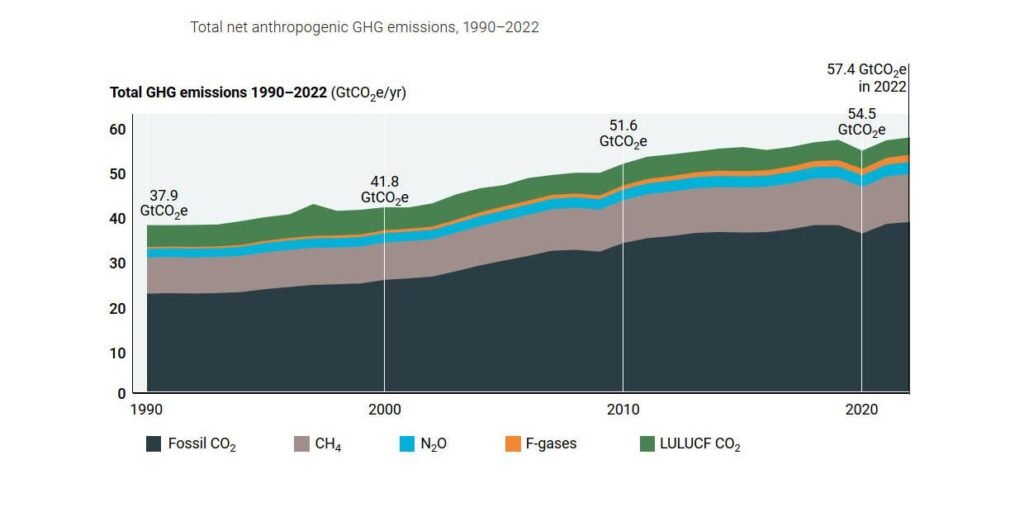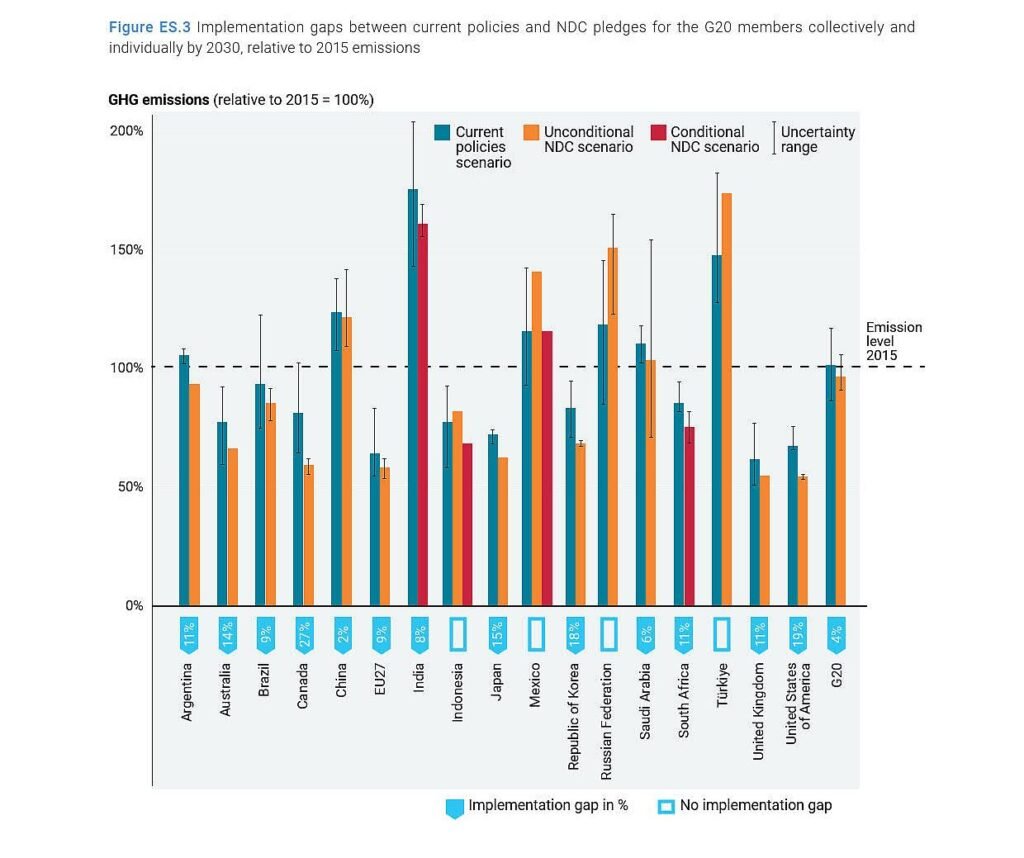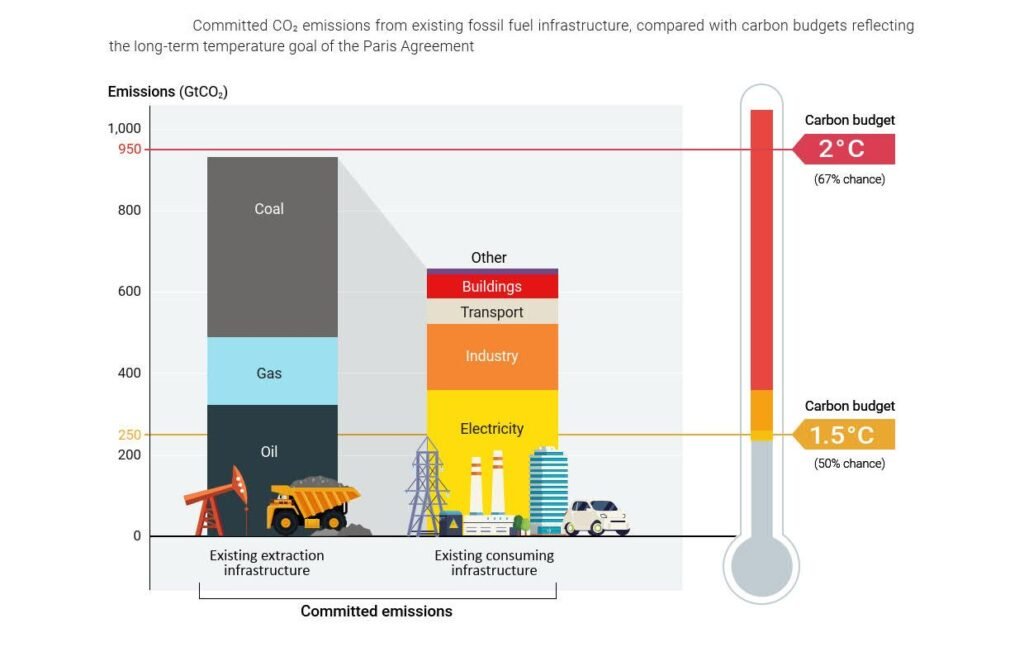The Emissions Gap Report (EGR) is an annual report released by the UN Emissions Program before the COP climate negotiations. It analyzes the difference between current global emissions and what is necessary to limit warming to 1.5°C. The report also suggests ways to close this emissions gap.

The report shows that progress has been made since the Paris Agreement was signed in 2015. The projected increase in greenhouse gas emissions by 2030 has decreased from 16% to 3%. However, there is still a need for a significant reduction in emissions to meet the targets set by the Paris Agreement.
According to the EGR, if the unconditional Nationally Determined Contributions (NDCs) made under the Paris Agreement are fully implemented, the world would be on track to limit temperature rise to 2.9°C above pre-industrial levels. If the conditional NDCs are also fully implemented, the temperature rise could be lowered to 2.5°C.

The report urges all countries to quickly transition to low carbon economies. Countries with higher emissions should take more ambitious actions and assist developing nations in their efforts to achieve low-emission growth.
The report examines how better implementation can improve the likelihood of the next set of commitments to reduce greenhouse gas emissions, which are due in 2025, achieving levels consistent with the 2°C and 1.5°C climate goals by 2035. It also assesses the potential and risks associated with methods of removing carbon dioxide, such as nature-based solutions and direct air capture and storage.
If developing countries follow through on their promised emissions cuts with financial and technical assistance, the temperature rise could be reduced to 2.5C, which is still considered a catastrophic situation.

According to the UN 2023 EGR report, in order to meet the goal of limiting global warming to 1.5C, it is necessary to reduce carbon dioxide emissions by 22 billion tons by 2030. This reduction would be equivalent to 42% of global emissions and is equal to the combined emissions of the five countries with the highest pollution levels: China, the US, India, Russia, and Japan.
“Treaties and contracts that benefit fossil fuel investors are preventing the shift towards clean energy, despite the fact that we need to leave most fossil fuel reserves untouched to avoid severe climate change. To reduce emissions and preserve a livable planet for future generations, these agreements must be redesigned before it is too late.”
Reference- National Geographic, Clean Technica, UN’s Emissions Gap Report






